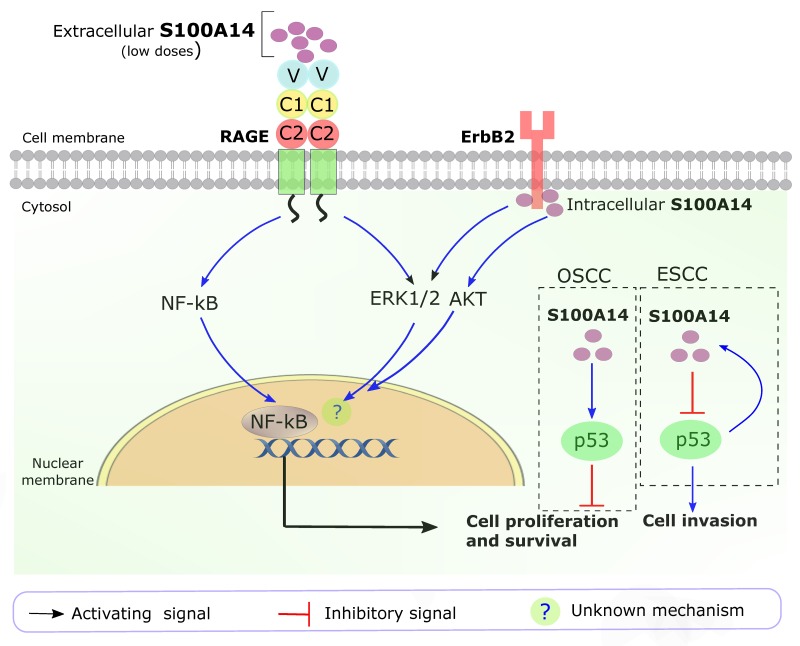Figure 2. Key S100A14 signaling pathways in human cancers.
Extracellular S100A14 (low amount) binds with RAGE and activates ERK1/2 and NF-kB signaling pathways, leading to ESCC cell proliferation and survival. Intracellular S100A14 binds to the intracellular domain of ERbB2, leading to the activation of ERK1/2 and AKT pathways in breast cancer cells. In OSCC, S100A14 positively affects the function of p53. In ESCC, p53 positively regulates the transcription of S100A14, whereas S100A14 negatively regulates the expression and function of p53. OSCC, oral squamous cell carcinoma; ESCC, esophageal squamous cell carcinoma; ?, unknown mechanisms downstream of ERK1/2 and AKT pathways.

